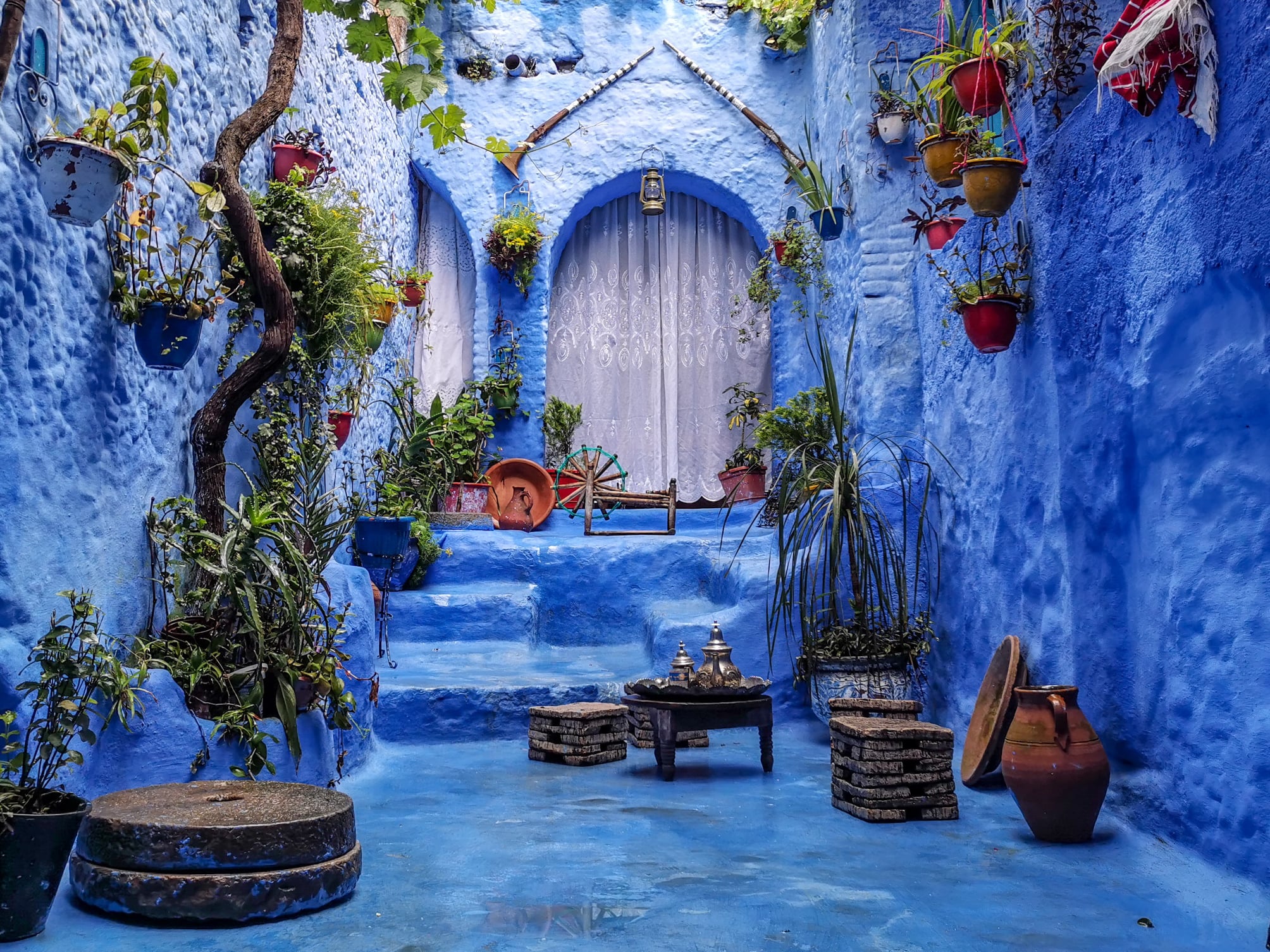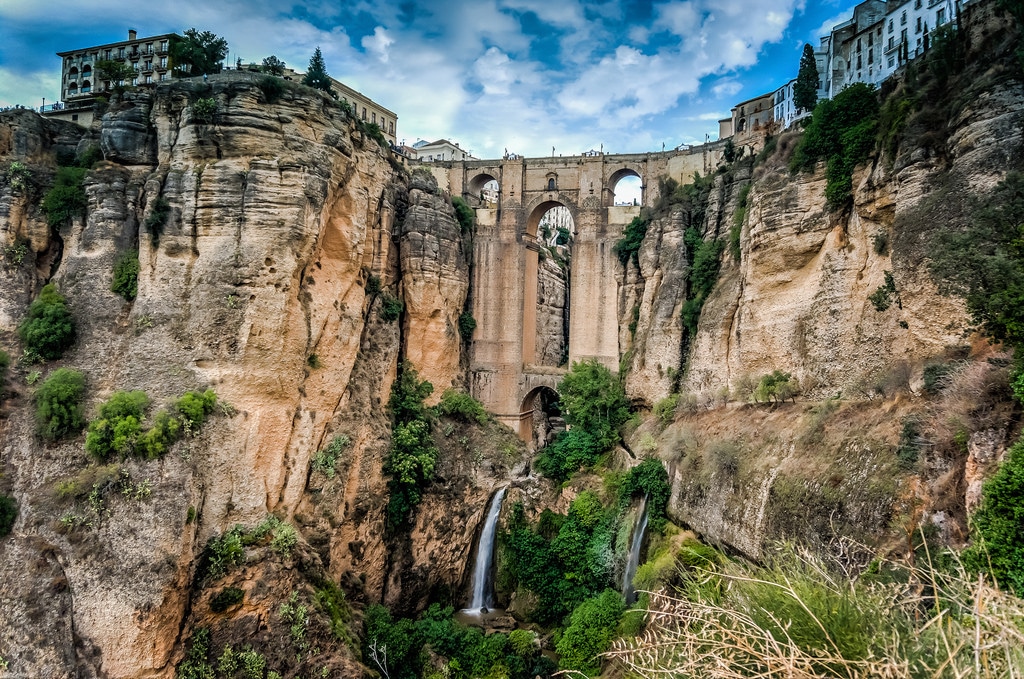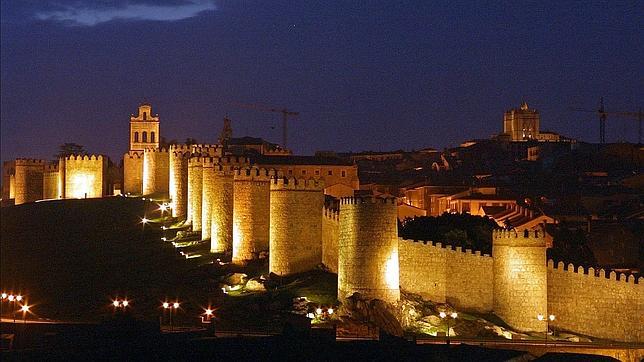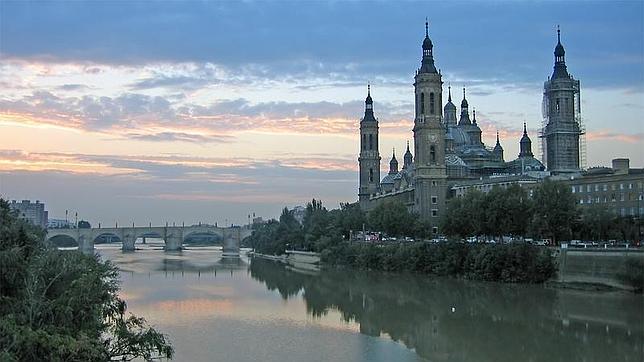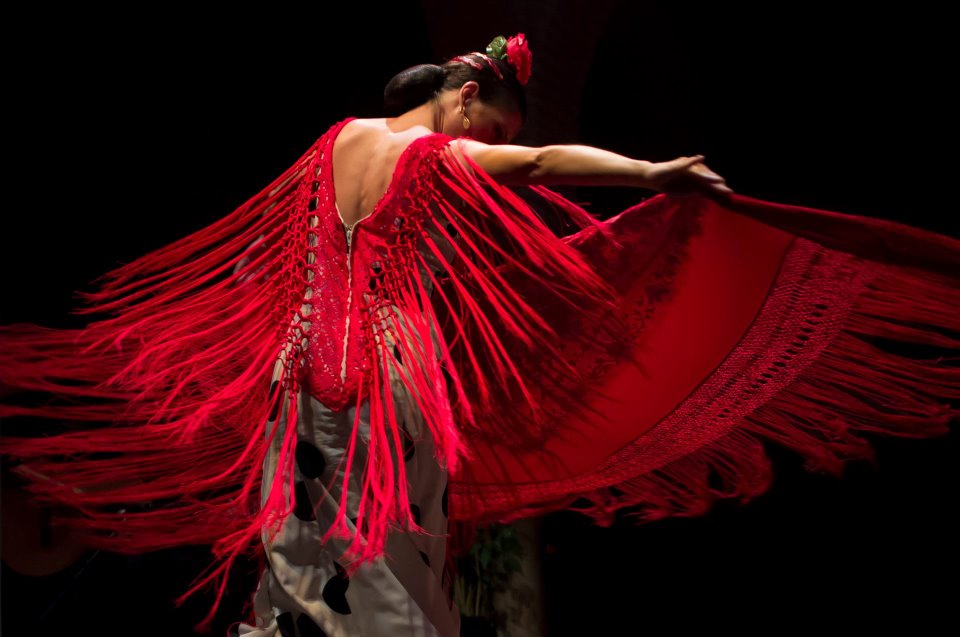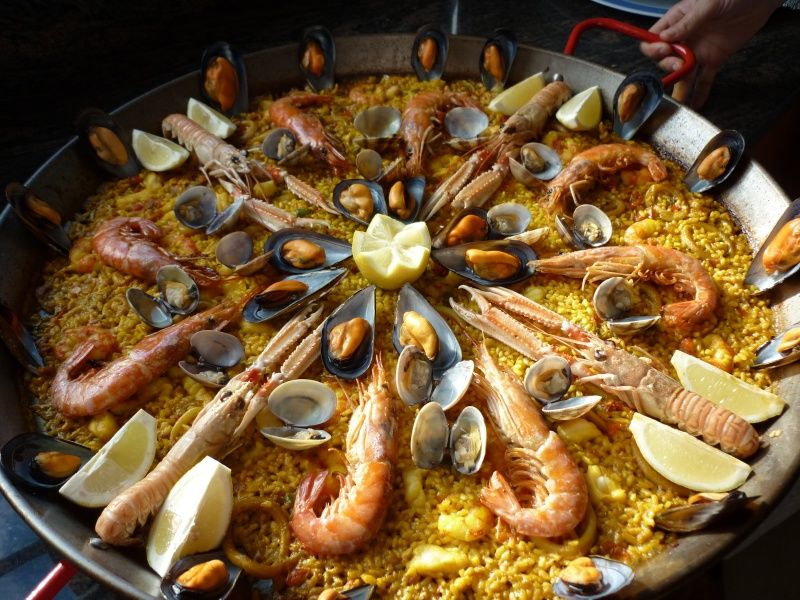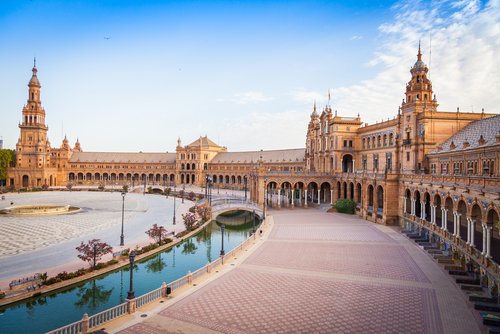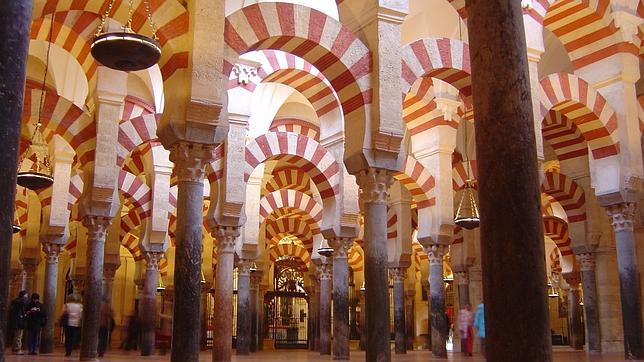Cordoba, the Jewish Quarter
The Jewish quarter of Cordoba is an area of the Spanish city of Cordoba that was, between the 13th and 15th centuries, the neighborhood in which the Jews lived.
The area that is currently known by that name is located northwest of the Mosque-Cathedral.
It is part of the historic center of Córdoba that was declared a World Heritage Site by Unesco in 1994.
It is one of the most visited areas by tourists since, in addition to the Mosque-Cathedral, you can see monuments such as the Synagogue, the Municipal Souk or the Mudejar Chapel of San Bartolomé, as well as museums such as the Casa de Sefarad.
Although there is evidence that there was a Jewish presence in Córdoba since Roman times, the Jewish quarter of Córdoba has not always been located in the same place.
In fact, after the Muslim invasion, the Jews were expelled outside the walls, mainly in the north, between the gardens of La Merced and the church of Santa Marina.
The only Jewish tombstone found in the city, referring to Yehudá bar Akon, dated in the year 845, was found from this time in the neighborhood of Zumbacón; as well as the funerary square inside the church of San Miguel, which show the presence of a Jewish necropolis in the area.
The destruction of this first Jewish quarter came after the fall of the Cordovan Caliphate and the sacking of the city at the hands of Suleiman in 1013, for which many Hebrew families were forced into exile. However, the definitive repression and annihilation took place with the arrival of the Almohads in 1148, Berber radicals from North Africa, who prohibited the Jewish presence in the region.
After Fernando III recovered the city during the conquest of Córdoba in 1236, the Jews returned to settle there, while his son Alfonso X the Wise closed and delimited the Jewish quarter in 1272, in the northwestern area of the Mosque-cathedral , as it is currently known.
In 1315 what is probably the most representative building of the Jewish quarter was built: the Synagogue of Cordoba, made by the architect Isaac Moheb.
Cordoba lived a splendorous time when three peoples (Christian, Jewish and Muslim) with their corresponding religions coexisted, although not peacefully since the expeditions of punishment of the emirs and caliphs towards the suburbs where the non-Muslim population was located were periodic.
In the street of the Jews we now find a bronze statue dedicated to Maimonides, the great Jewish philosopher and doctor from Cordoba, whose family was forced to convert to Islam and in the end he himself had to leave the city during the Almohad persecution.
During the 10th century, Cordoba was, after Byzantium, the largest economic and cultural center in Europe, and although the Muslim, Jewish and Christian population coexisted in the city, this coexistence was far from peaceful.


